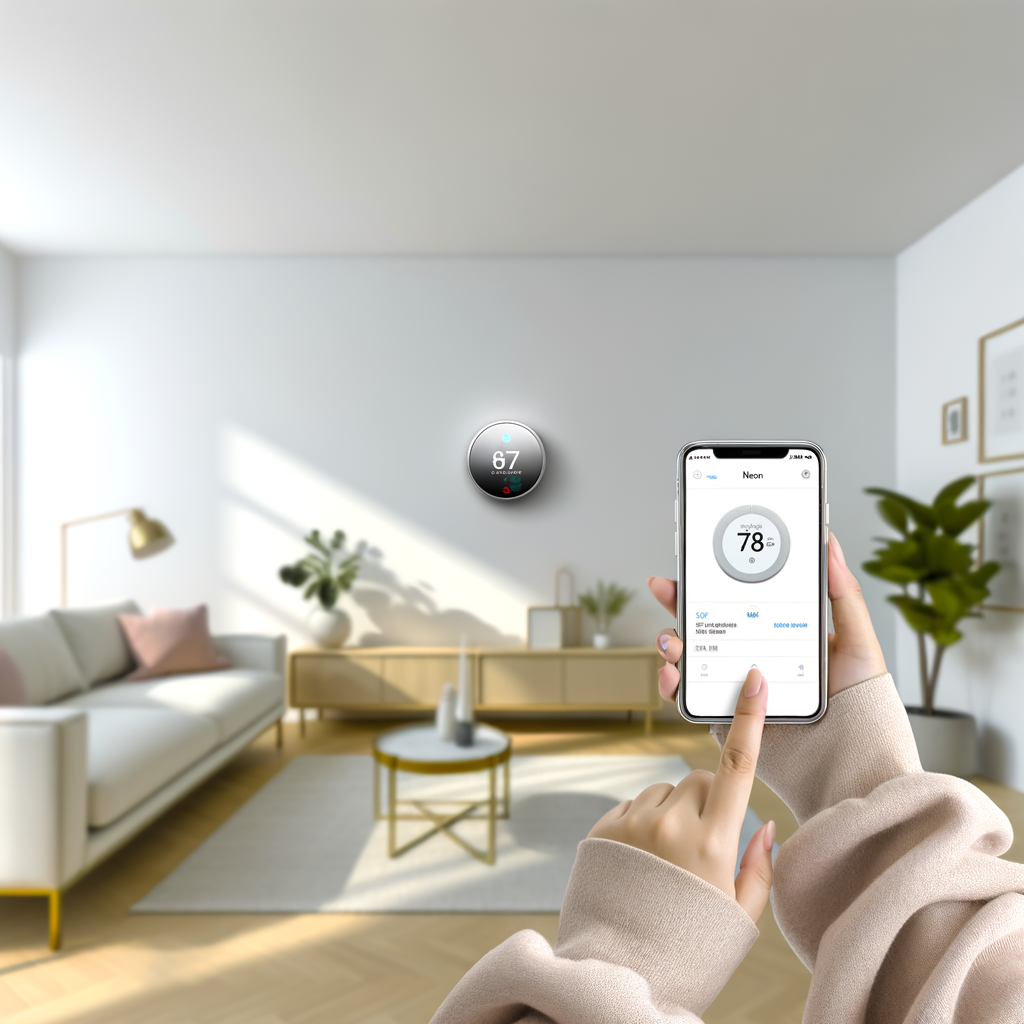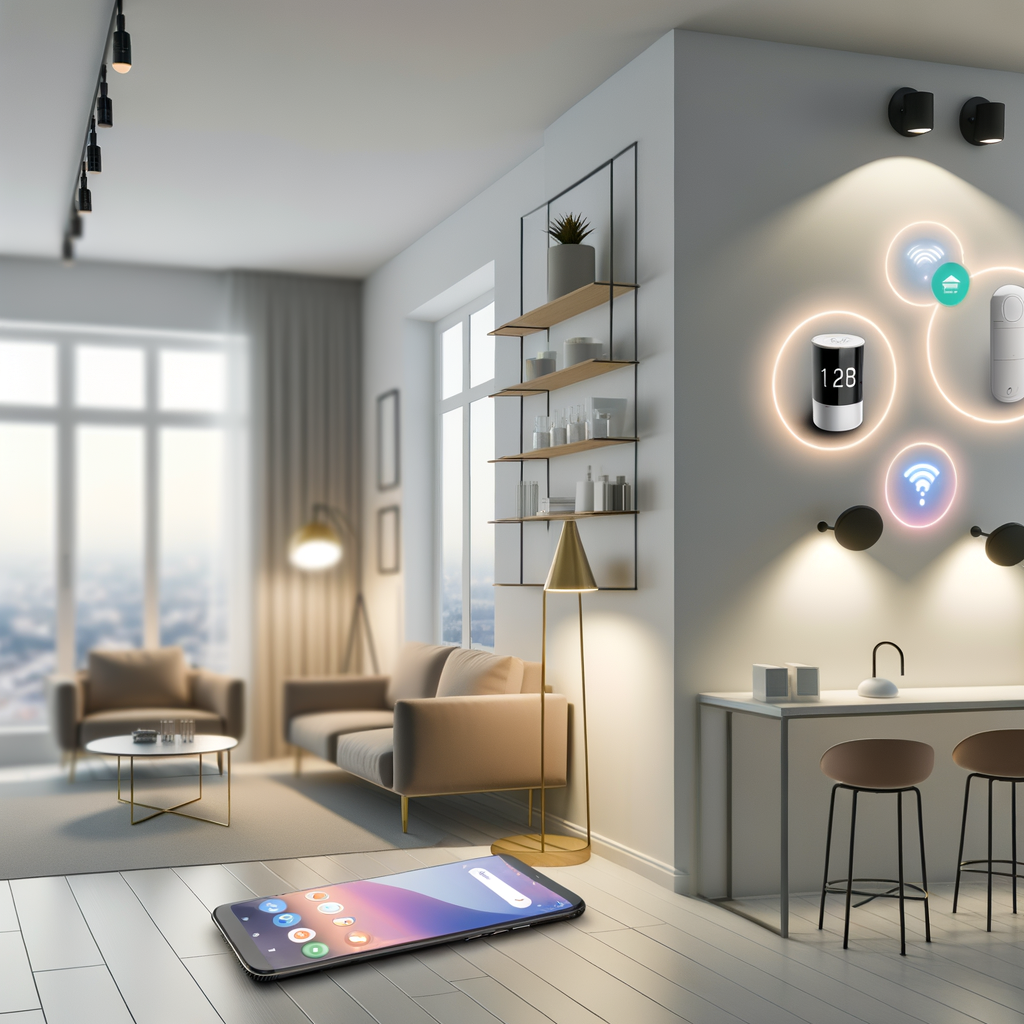Myth-Busting Smart Thermostats: What Renters Need to Know Before Making the Switch
Smart thermostats have taken the world by storm, promising energy savings, convenience, and a smaller carbon footprint. But for renters, questions and myths often cloud the decision to upgrade. Do you need your landlord’s permission? Are smart thermostats worth the investment if you don’t own your home? Can you really install one without damaging anything?
This comprehensive guide separates fact from fiction. We’ll bust popular myths about smart thermostats, explain what renters must know before installing one, and offer practical tips to help you enjoy a more comfortable, eco-friendly home.
What is a Smart Thermostat?
A smart thermostat is a Wi-Fi-enabled device that lets you control your home’s heating and cooling system via smartphone, tablet, or computer. The best models offer:
- Learning capabilities to adapt to your schedule
- Remote temperature adjustment through apps
- Energy usage reports
- Integration with smart home tech (like Alexa or Google Home)
- Features such as geofencing and voice control
But do these features work for renters as well as homeowners? Let’s shred the most common myths so you can make an informed choice.
Myth #1: “Smart Thermostats Aren’t for Renters”
Contrary to popular belief, renters can absolutely benefit from smart thermostats. Here’s how:
- Easy installation: Many devices are as simple as swapping out your old thermostat with a screwdriver.
- Reversibility: If you move out, you can usually reinstall the old thermostat with minimal hassle.
- Portability: Take your smart thermostat with you to your next apartment or house.
The key is choosing models that don’t require complex wiring or permanent modifications. Many smart thermostat makers cater to renters and apartment dwellers with “no-c-wire” or battery-powered models.
Getting Landlord Approval
Always ask your landlord or property manager before making any changes. Explain the benefits: smart thermostats can help reduce energy usage and even increase property value.
Advice for Getting the Green Light:
- Show that installation is non-destructive and reversible
- Offer to restore the original thermostat when you move out
- Mention potential savings on utility costs, which can benefit both parties
Myth #2: “Installation is Complicated and Risky”
Wiring and HVAC systems might sound intimidating, but most modern smart thermostats are designed with the DIY user in mind.
How Does Installation Work?
- Turn off power to your current thermostat
- Label wires as you remove the old device
- Connect wires to the smart thermostat’s labeled terminals
- Follow setup prompts in the app
Many manufacturers include step-by-step guides (with pictures) and offer phone support or online videos. Installation typically takes less than 30 minutes.
What About Older HVAC Systems?
If your system is outdated or lacks a common wire (“C-wire”), there are solutions:
- C-wire adapter kits come with some thermostats
- Battery-powered models don’t require a C-wire
- Some new thermostats work with high-voltage (line voltage) systems found in older apartments (but double-check compatibility)
Bonus Tip: Always keep the original thermostat and screws for easy reinstallation later.
Myth #3: “There’s No Point if Utilities Are Included in Rent”
If you’re not responsible for your utility bills, you might question the value of a smart thermostat. But you can still benefit:
- Personalized comfort: Better scheduling means you’ll always come home to the right temperature.
- Remote control: No more worrying about leaving the AC running during vacations.
- Eco-friendly impact: Reducing wasted energy helps the environment even if you don’t pay directly.
- Data insights: Track your energy usage habits for smarter home living.
When to Skip the Upgrade
If the thermostat controls a whole-building or centrally managed HVAC system (common in large apartment complexes), you may not be able to upgrade. Always ask your property manager first.
Myth #4: “Smart Thermostats Don’t Save Enough Energy to Matter”
One misconception is that smart thermostats are just fancy gadgets with no real impact. However, studies show:
- EPA’s ENERGY STAR program reports ~8% annual savings on heating and cooling
- Some users save 10–15% or more, especially if they previously made frequent manual adjustments
For the average U.S. household, that’s $100–$150 in annual savings.
How Do Smart Thermostats Save Energy?
- Automatically adjust temperatures when you’re asleep or away
- Learn your schedule and preferences for optimized comfort
- Send usage alerts and improvement suggestions
- Allow remote adjustments to avoid wasted heating or cooling
- Integrate with other smart devices (windows, fans, etc.)
Myth #5: “Smart Thermostats Aren’t Secure”
Are smart thermostats hackable? Any Wi-Fi device carries security risks, but leading brands take user data seriously. Modern thermostats offer:
- Encrypted communications between device, app, and cloud
- Frequent firmware updates for vulnerabilities
- Two-factor authentication for app access
You can enhance security by:
- Using unique, strong passwords for your smart home accounts
- Regularly updating your device firmware
- Connecting to a secure, private Wi-Fi network
Smart Thermostat Features: What’s Worth It for Renters?
With dozens of models on the market, which features should renters prioritize?
Must-Have Features
- Simple, tool-free installation
- Compatibility with your HVAC system
- Mobile app control
- Manual control on the unit
- Battery operation or C-wire alternatives
Nice-to-Have Features
- Room sensors for targeted comfort
- Learning capabilities that adapt to your schedule
- Energy and usage reporting
- Geofencing to automate temperature adjustments based on your phone location
- Compatibility with smart voice assistants
If you’re renting, focus on easy setup, portability, and features that enhance daily comfort.
How to Install a Smart Thermostat in a Rental
Step-by-Step Installation Guide
- Get Approval: Reach out to your landlord or property manager with your plan.
- Choose the Right Model: Check compatibility with your current wiring and system.
- Read Instructions: Each brand and model varies—read the manual and check online tutorials.
- Turn Off Power: Always shut off the breaker to your HVAC system for safety.
- Label Wires: Take a photo and use provided labels as you disconnect your old thermostat.
- Install the New Unit: Follow step-by-step app or manual instructions.
- Configure Settings: Connect to Wi-Fi, set schedules, enable privacy features.
- Save Old Parts: Keep the original thermostat in a labeled bag for future restoration.
Tip: If you’re uncomfortable with DIY, some services or local HVAC professionals will install smart thermostats for a reasonable fee.
Frequently Asked Questions for Renters
Do I Need a C-Wire?
Many smart thermostats require a common wire for continuous power, but some work with batteries or include adapters. Double-check before buying. If in doubt, look for “no-C-wire




